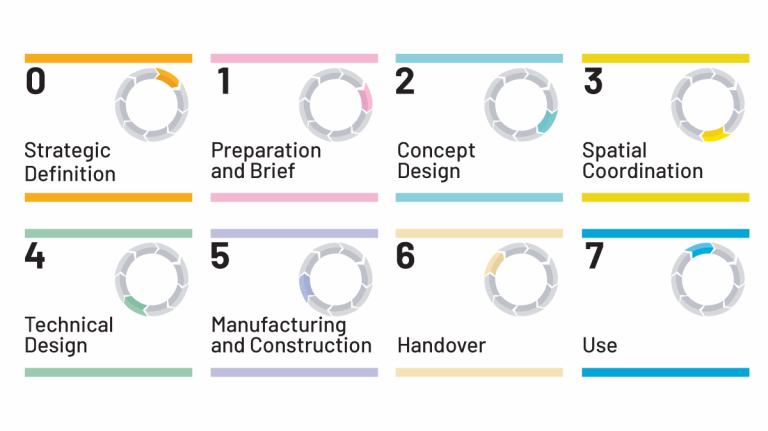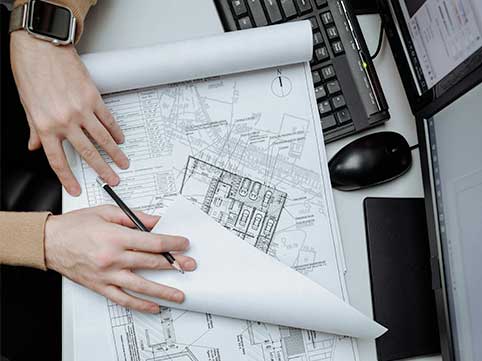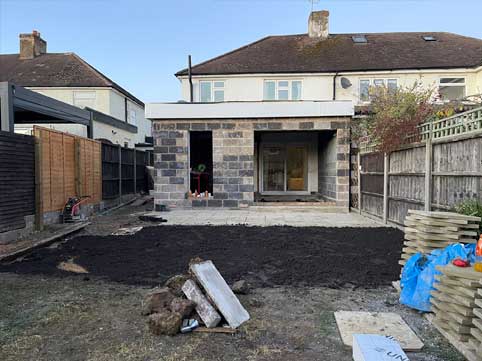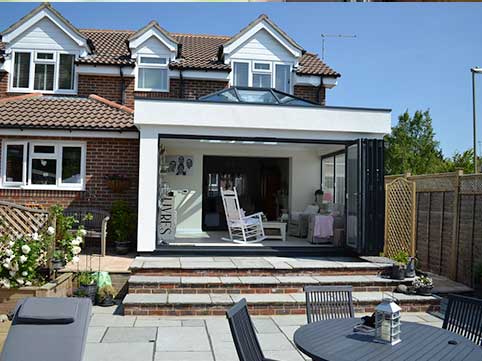

The RIBA Plan of Work is a widely used framework within the architecture and construction industry in the United Kingdom. RIBA stands for the Royal Institute of British Architects, which developed this framework to provide a structured approach to the design and construction process. The Plan provides a structured framework that helps ensure all aspects of a construction project are carefully considered and managed from inception to completion, promoting collaboration and communication among project stakeholders. It is a valuable tool for architects, clients, contractors, and other industry professionals involved in the delivery of construction projects.
The RIBA Plan of Work is divided into several stages, each representing a key phase in the lifecycle of a construction project.These stages help organise the workflow and ensure that projects are executed efficiently and effectively. Here is an overview of the typical stages:
This initial stage involves establishing the project objectives, feasibility studies, and identifying potential risks and opportunities. Clients and stakeholders define the project's strategic brief, including budget and timelines.


This stage focuses on developing the project brief further. It involves appointing the necessary consultants, such as architects, engineers, and other specialists. The project team is assembled, and initial surveys and assessments may be conducted.
Here, the design concepts are developed based on the project brief. Architects and designers explore various design options and present them to the client for feedback and approval. This stage involves conceptual sketches, drawings, and sometimes 3D visualizations to communicate design intent.


In this stage, the chosen concept design is refined and developed further. Detailed drawings, specifications, and material selections are made. Structural and environmental strategies are also developed. The design is often presented to planning authorities for approval.
This stage involves the preparation of detailed technical drawings, schedules, and specifications necessary for construction. The project team coordinates closely to ensure all aspects of the design are fully resolved and integrated.


Once the technical design is complete, the project moves into the construction phase. Contractors are appointed through a tender process, and construction work begins on-site. The architect and other consultants provide ongoing support, administration, and inspection during the construction process.
As construction nears completion, the project undergoes final inspections, testing, and commissioning. The building is handed over to the client, and any necessary training is provided for operating and maintaining the building.


This stage involves monitoring the building's performance and addressing any post-occupancy issues that may arise. It includes ongoing maintenance, facility management, and periodic evaluations to ensure the building continues to meet the client's needs effectively.